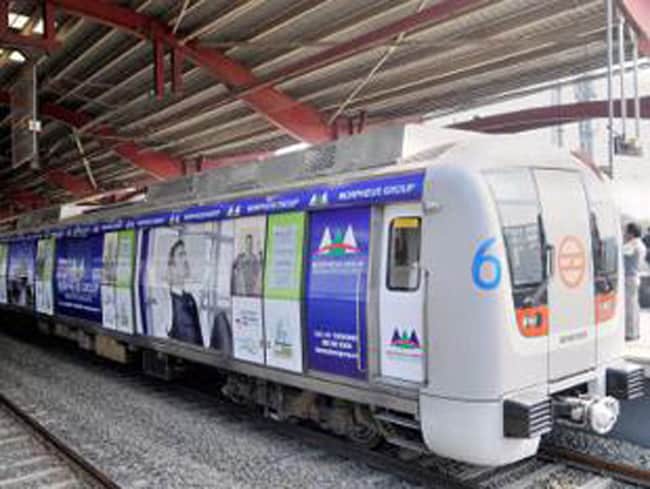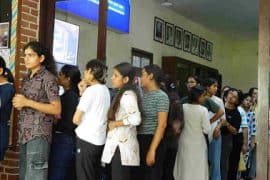Over two months into the new set of fares, it is imperative to scrutinise the kind of impact it has had on the students of the University of Delhi.
Barring the minimum fare of Rs. 10 for a distance of 0-2 km, which has remained the same, fares have been raised for all other slabs. This has evoked mostly negative responses for student commuters and has caused chaos all over Delhi-NCR. The central question being asked by Delhi-NCR students with limited spending money is- why the Delhi Metro can’t have a student pass system, as there is for DTC buses?
How much does it pinch one’s pocket if one has to pay Rs 10 more per ride on Delhi Metro? The fare hike, which came into effect on October 10, 2017, looks moderate at first glance. But for those Delhi college-goers who take the Metro everywhere, this has been a pain in the last two months.
It used to cost the average South Delhi-ite Rs. 40 to travel from South Delhi to the North Campus earlier. After the two price hikes in Delhi Metro this year, they now have to spend over Rs. 100 on their daily travel.
While this move to hike the metro rates has attracted mounting criticism towards the Delhi government and the Delhi Metro Rail Corporation over the last two months, it is not the DMRC which is to blame. As per the provision of Delhi Metro Rail (Operation & Maintenance) Act, 2002, the Metro fares are fixed and revised by a regulatory authority (fare fixation committee) constituted by the Government of India. Under Section 37 of the Act, the recommendations of the FFC are binding on the Metro Rail authority. DMRC does not have any power in this regard.
Nevertheless, the Delhi Metro Rail Corporation has defended the fare hike, saying it was needed to “maintain a world-class service”. But what good is a world-class service if the common man finds it unaffordable?
The Delhi Metro had made it possible for students to cut down on commute time and attend college far away from home. Following the hike in rates, it has become taxing for them to go back to sitting on a bus stuck in a jam, spending 90 minutes each way on the commute. Auto-rickshaws and taxis haven’t been a viable option either, being too expensive for the student pocket.
Apart from this effect on students, the fare-hike hasn’t “fared” well for the DMRC either. It has in fact led to reduced ridership and subsequent loss to DMRC. The move has also resulted in traffic congestion and increased pollution levels in the national capital. (Remember, remember the fifth of November?)
For others, while a hike of Rs. 10 per ride has not been too much, has that led to better services? It goes without saying that there is a lack of clean toilets at Delhi Metro stations — in fact, few Delhi Metro stations have any toilets, clean or otherwise. While some students wouldn’t mind paying an increased fare, they had expected better facilities to supplement the hike.
Unfortunately, the fare hike hasn’t witnessed a corresponding hike in improved crowd management during peak hours. The case is worse for women students. The fare hike has forced them to adopt less safe modes of transportation or has forced some of them to attend college less frequently.
But things aren’t going downhill for everyone. While the move has certainly benefitted cab operators, it has favoured the e-rickshaw drivers operating near the campus colleges.
Two months down, it is widely felt that the Centre did not assess the ground reality. It is pinching the pockets of students to an extent that it has taken a toll in their attendance, in some cases.
At a time when six rapes and several cases of eve-teasing and harassment are reported each day, the Metro fare hike needs serious reconsideration.
When the government says that it’s trying to give us world-class services, it must also keep in mind that many countries allow discounted rates of metro travel for students. Why is it that the Delhi Metro doesn’t?
Feature Image Credits: The Times of India
Vaibhavi Sharma Pathak





Comments are closed.